variation on wicking
hummersteve
17 years ago
Related Stories
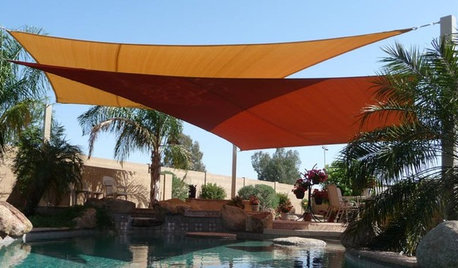
GARDENING AND LANDSCAPINGShade Sails: Outdoor Rooms Take Wing
Futuristic looking yet a terrific complement to both traditional and modern landscapes, shade sails lend a sculptural quality to patios
Full Story
WINDOW TREATMENTSHow Low Should Your Drapes Go?
Hover, brush the floor or pool like Scarlett O'Hara's tears — we give you the lowdown on curtain length options
Full Story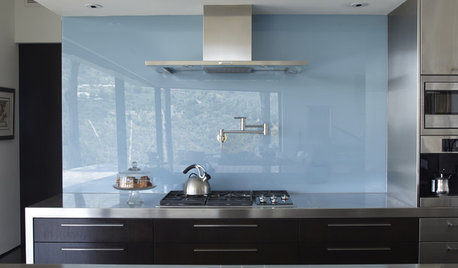
KITCHEN DESIGNThe Future of Backsplashes
Grout is out. Continuous sheets of glass, stone, metal and porcelain are saving cleaning time and offering more looks than ever
Full Story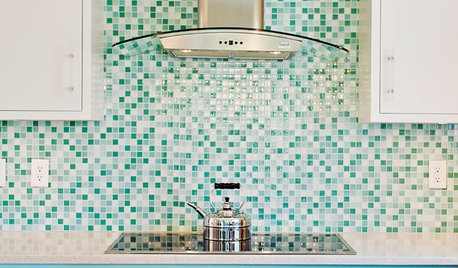
KITCHEN DESIGN9 Popular Stovetop Options — Plus Tips for Choosing the Right One
Pick a stovetop that fits your lifestyle and your kitchen style with this mini guide that covers all the basics
Full Story
BATHROOM DESIGNThe Case for a Curbless Shower
A Streamlined, Open Look is a First Thing to Explore When Renovating a Bath
Full Story
TILETop Tile Trends From the Coverings 2013 Show — the Wood Look
Get the beauty of wood while waving off potential splinters, rotting and long searches, thanks to eye-fooling ceramic and porcelain tiles
Full Story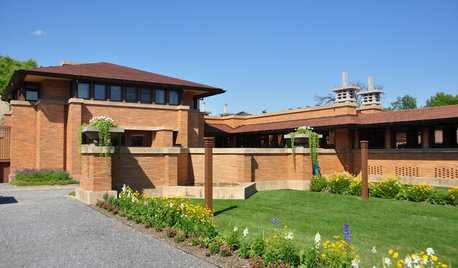
HISTORIC HOMESFrank Lloyd Wright's Prairie Triumph Returns
Sixteen years' worth of restoration and reconstruction efforts have brought the Martin House Complex in New York back to glory
Full Story
MOST POPULARGet Ready for the Smart Coffee Table
Intelligent tables with touch screens are reaching the consumer market, with all the power of personal computers and more
Full Story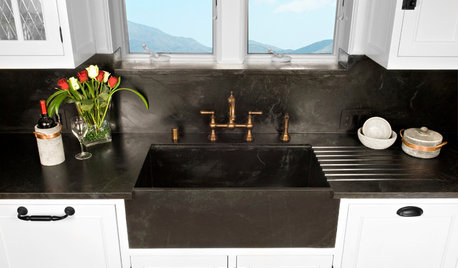
KITCHEN DESIGN8 Apron-Front Sink Styles for Kitchens of All Kinds
Simple or showy, matching or contrasting, apron-front sinks are popping up in kitchens far from the farm
Full Story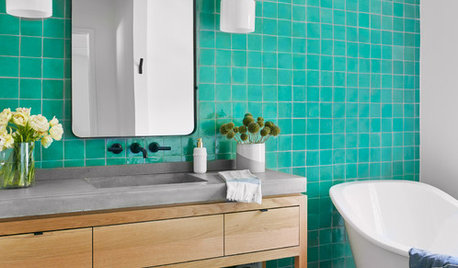
BATHROOM DESIGNBathroom Countertops 101: The Top Surface Materials
Explore the pros and cons of 7 popular bathroom countertop materials
Full Story





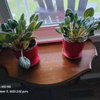
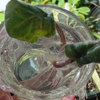
robitaillenancy1
hummersteveOriginal Author
Related Professionals
Bellflower Landscape Architects & Landscape Designers · Hyattsville Landscape Architects & Landscape Designers · Bowie Landscape Contractors · Lyndhurst Landscape Contractors · Middleton Landscape Contractors · North Plainfield Landscape Contractors · Paterson Landscape Contractors · Salem Landscape Contractors · San Benito Landscape Contractors · San Rafael Landscape Contractors · Selden Landscape Contractors · Whittier Landscape Contractors · Irvington Landscape Contractors · Chicago Ridge Landscape Contractors · Sun Valley Landscape Contractorskorina
hummersteveOriginal Author
calypso6973
hummersteveOriginal Author
robitaillenancy1
erlyberd
hummersteveOriginal Author
irina_co
korina
hummersteveOriginal Author
irina_co
hummersteveOriginal Author
korina
irina_co
pirate_girl
hummersteveOriginal Author
pirate_girl
fred_hill
hummersteveOriginal Author
korina
hummersteveOriginal Author
bspofford